
Know how to get FASTag for your vehicle
05 फरवरी 2020
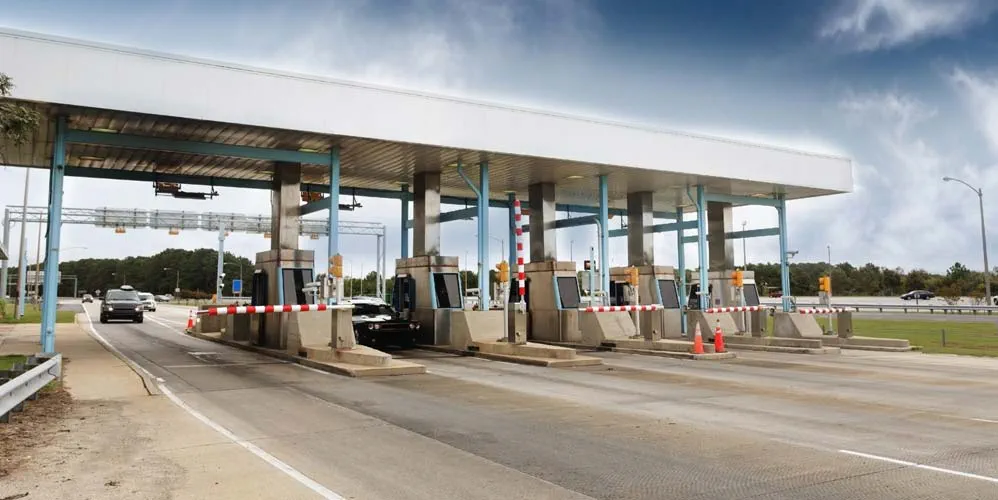
When driving on a toll road is that you have to stop from time to time to pay the toll. Sometimes the lines are long, and you have to rummage in your wallet/ purse to give exact amounts to the attendant, who more often than not, doesn’t have any change. But that could all be in the past with FASTag.
So what do you need to know about FASTag? Well, it’s a tag affixed to your vehicle’s windscreen, which allows you to zip past a toll booth. The amount is automatically deducted (using Radio Frequency Identification Technology, or RFID for short) from a pre-paid account that you need to fill.
Well, you may have no choice to get FASTag, since the government has mandated that all vehicles will need to have these tags. What’s more, the over 400 toll plazas over the country will no longer accept payments over the counter. So how to get FASTag for my car is what every vehicle owner needs to know right now.
How to get FASTag for cars
- Where to buy:
You canvisit any of the points of sale (POS) locations like toll plazas or banks like Bank of Baroda. - What documents do I need:
You will need the following documents to get FASTag:- Registration certificate (RC) of the vehicle
- Your passport-size photograph
- KYC documents
- What KYC documents do I need:
If you are an individual vehicle owner, a valid driving licence should suffice for address and ID proof. You can also use the Aadhaar card, PAN card, voter ID card, and so on. - What charges you need to pay:
You have to pay a one-time issuance fee of Rs 100 for the Baroda FASTag, and a refundable security deposit, which depends on vehicle type. - How to access FASTag account:
Whenyoupurchase a FASTag card, you will get a username and password for the web portal, which you can use to recharge, make complaints, get details of transactions and so on. - What is the process for toll payment?
You have to deposit a certain amount in your FASTag account. Each time you go through a toll point, the amount gets automatically deducted from the amount. - How will I know how much has been deducted?
You will get an SMS on your registered mobile phone number each time the FASTag has been used to cross a toll plaza. So you can track every transaction you make. - How to recharge the FASTag account: Recharging the account is a simple process. You can do it online through Debit or Credit Cards, through Internet Banking or other methods like UPI. You can also do it by visiting any of the POS locations.
- What is the minimum amount for recharge or top-up:
The minimum amount is Rs 100. However, you may want to put more so that you have adequate balance in your account to ensure smooth driving. - What if I don’t have enough balance in my FASTag account? If you don’t have enough balance in your account and pass through a poll plaza, you will be blacklisted. That is, you will not be allowed to pass another time until you pay up the amount.
- How to affix FASTag on the car:
You will need to affix FASTag on the front windshield. However, your bank will give you instructions on how it’s done. - Can I use FASTag for more than one vehicle:
No, you cannot do that. The FASTag is for one specific vehicle only. You will need different FASTags for different cars. - What if I’m charged wrongly for any transaction?
If you are charged incorrectly for any transaction, you can complain online using your User ID and password. You can call customer care on 18001034568 at any time of the day or night. - What is the validity period of the FASTag card?
The FASTag is valid for five years. - Who is implementing FASTag?
FASTag is being implemented by the Indian Highways Management Company Limited (IHMCL) a company incorporated by National Highways Authority of India and National Payment Corporation of India (NPCI).
Popular Articles
Related Articles
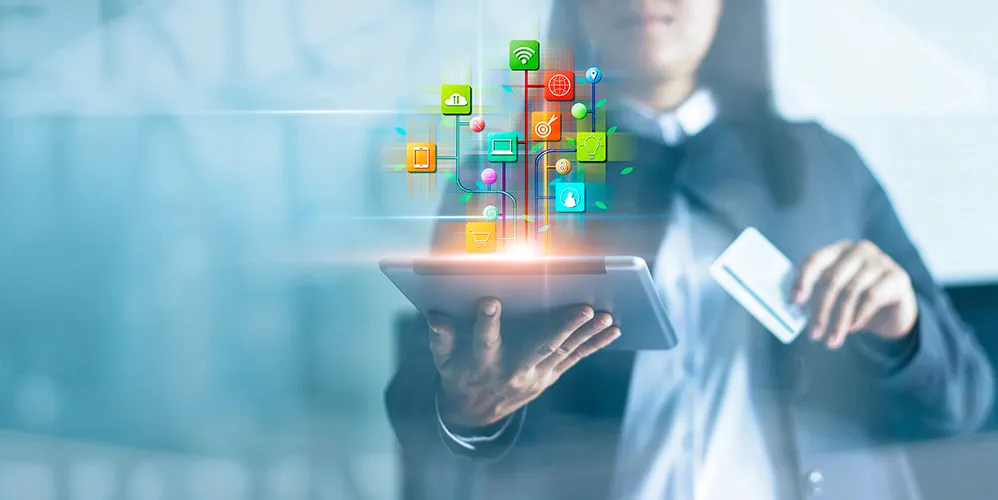

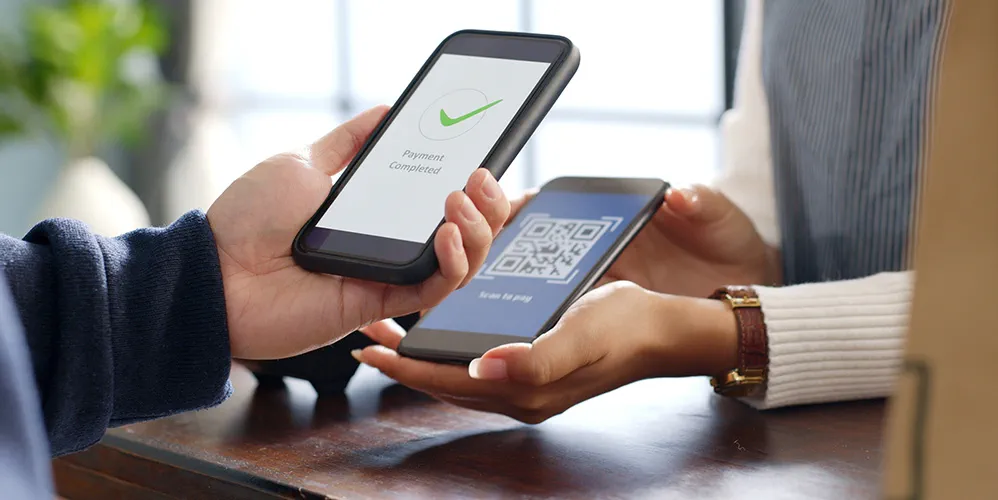

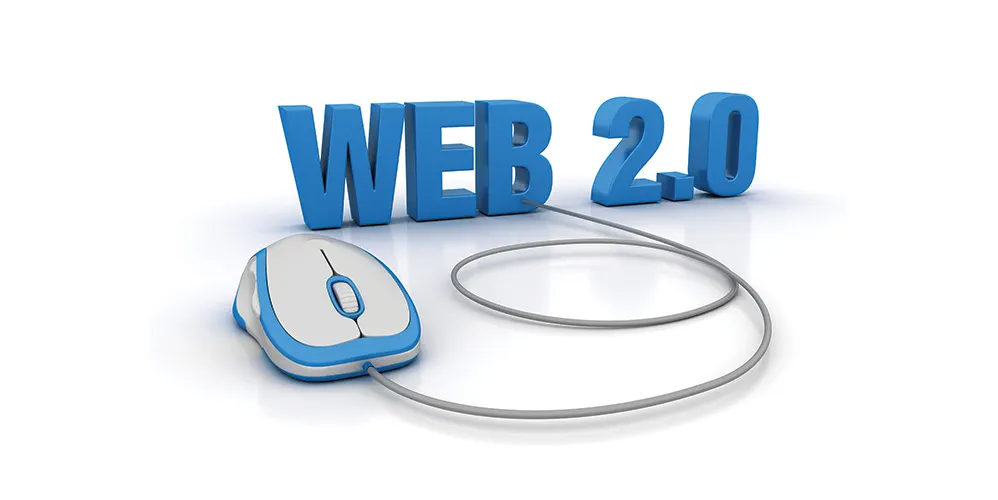
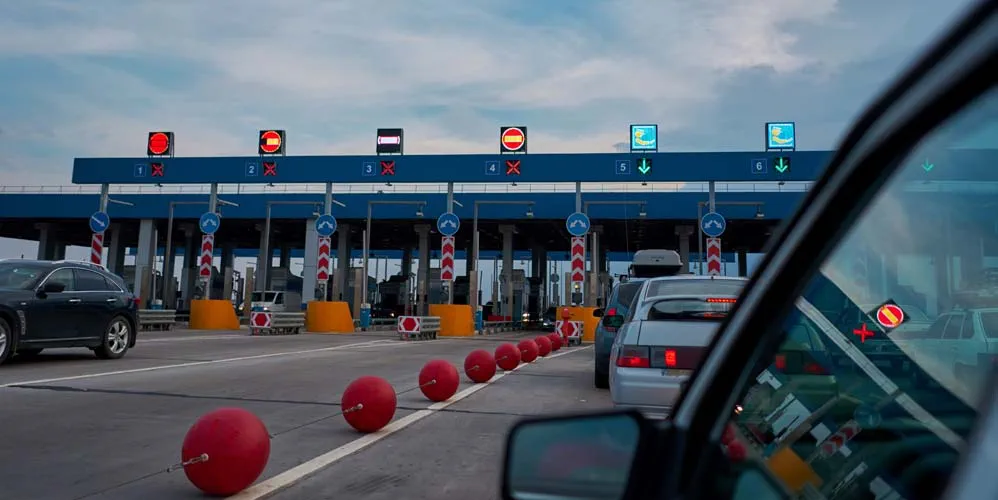
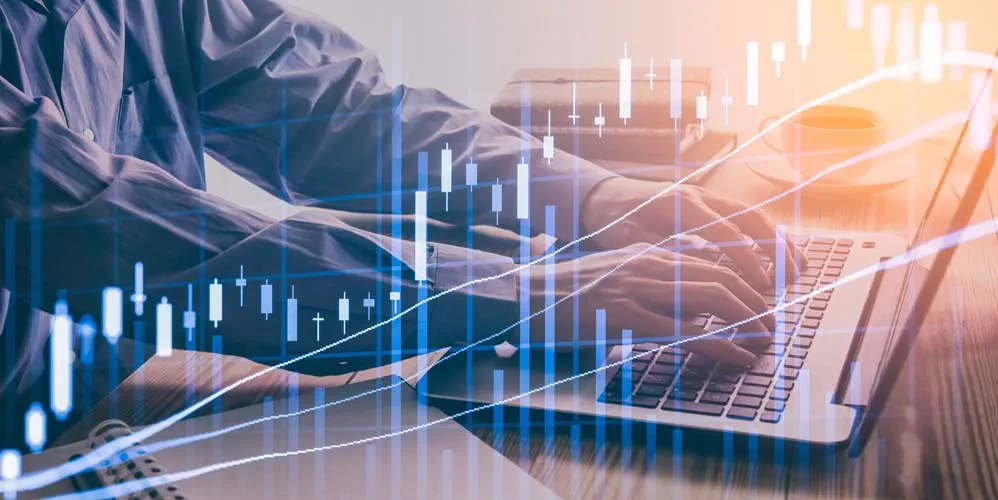
-
Disclaimer
The contents of this article/infographic/picture/video are meant solely for information purposes and do not necessarily reflect the views of Bank of Baroda. The contents are generic in nature and for informational purposes only. It is not a substitute for specific advice in your own circumstances. Bank of Baroda and/ or its Affiliates and its subsidiaries make no representation as to the accuracy; completeness or reliability of any information contained herein or otherwise provided and hereby disclaim any liability with regard to the same. The information is subject to updation, completion, revision, verification and amendment and the same may change materially. The information is not intended for distribution or use by any person in any jurisdiction where such distribution or use would be contrary to law or regulation or would subject Bank of Baroda or its affiliates to any licensing or registration requirements. Bank of Baroda shall not be responsible for any direct/indirect loss or liability incurred by the reader for taking any financial decisions based on the contents and information mentioned. Please consult your financial advisor before making any financial decision.
Internet of Value: Internet 2.0
Internet in its current phase, has revolutionised almost all businesses across geographies. However, the current phase, ‘Internet of Information’ focuses solely on information exchange in the form of documents, images and videos.
Although information moves around the world instantly, a single payment from one country to another is still slow and expensive. In the US, a typical international payment takes 3-5 days to settle, has an error rate of at least 5% and an average cost of $42. Worldwide, there are $180 trillion worth of cross-border payments made every year, with a combined cost of more than $1.7 trillion a year.
With the emergence of blockchain, a new phase of internet called ‘Internet of Value’ has emerged. Internet of Value is underpinned by blockchain, which is the evolutionary technology that supports digital currency. With Internet of Value, a transaction such as a foreign currency payment can happen instantly, just as how people have been sharing information online for decades. Internet of Value can also enable the exchange of any asset that is of value, including stocks, frequent flyer points, securities, intellectual property, music, scientific discoveries etc.
Multiple startups have started working on this front. Fusion is an innovative blockchain solution created to bridge the interoperability gap between different blockchains through cross-chain transactions. It also has the potential to create off-chain transactions as the inevitability of a value-driven economy becomes more pronounced.
Similarly, Wanchain offers a unique solution for overcoming the limitations on cross-chain transactions through mass-market adoption of blockchain technology. It is developing a new distributed financial infrastructure that will connect the world’s digital assets. In order to facilitate the digitization of assets, Wanchain has built an internal private blockchain through which users can build smart contracts for a practical transfer of value.
Currently, there are various blockchain-based platforms which are not compatible with each other. Hence, assets on these platforms can’t be freely exchanged. For the internet of value to become a reality, uniform industry standards must be adopted in order to homogenize the world’s different financial systems.
We believe that this process of standardization can have a transformative impact on businesses in today’s world. This impact can be as instrumental as globalization efforts in 1950s or standardization of web protocols in the 1980s.
Medical AI
Artificial Intelligence has unimaginable potential. Very soon, it will revolutionize every area of our life, including medicine. Artificial intelligence will prove to be the next successful area of cooperation between humans and machines. This collaboration shall enhance efficiency benefitting many around the world.
DeepMind Technologies is a UK based artificial intelligence company and research laboratory founded in September 2010 which was acquired by Google in 2014. DeepMind’s health team merged with Google Health so as to build products that support care teams and improve patient outcomes. Google Health is tapping into AI’s potential to help in cancer diagnosis, predicting patient outcomes, averting blindness and more. Together with the company’s DeepMind branch, Google Health has recently come up with an AI-based solution for identifying cancer.
IBM’s dedicated health branch, Watson Health, was set up as a service to bring AI’s helping hand to stakeholders within the healthcare sector from payers to providers. With the power of cognitive computing, Watson Health has aided several renowned organizations like Mayo Clinic with its cancer clinical trial and Biorasi to bring drugs to the market faster while slashing costs.
Researcher Frost & Sullivan said artificial intelligence systems will generate $6.7 billion in global revenue from healthcare by 2021.
Traditional ML technologies are incompatible with biomedical raw data formats, and there are few standards for data standardization, normalization and harmonization. BioSymetrics solves this problem by deploying its primary solution, Augusta, which is a pre-processing and analytics platform that can process large amounts of data (siloed and raw data) for predictive analytics. This is useful for capturing the huge amount of data released from the 25B IoT devices and other biomedical data types (EEG, MRI and others) and deriving actionable insights from them. The customized and flexible tool can be used by scientists, providers, hospitals, biopharmaceutical companies etc. Augusta is the first biomedical specific machine learning framework. Augusta is designed to transition time from data pre-processing and integration to model building and interrogation using familiar toolsets within Python.
Sensely is an avatar-based, empathy-driven platform that leverages natural user interfaces to intelligently connect insurance plan members with advice and services. By utilizing Sensely’s scalable platform technology architecture, insurance companies can converse with their members in an entirely new way, combining the empathy of human conversation with the efficiency and scalability of technology.
Artificial Intelligence will redesign healthcare. AI could help medical professionals in designing treatment plans and finding the best suited methods for every patient.


Leave a Comment
Thanks for submitting your details.